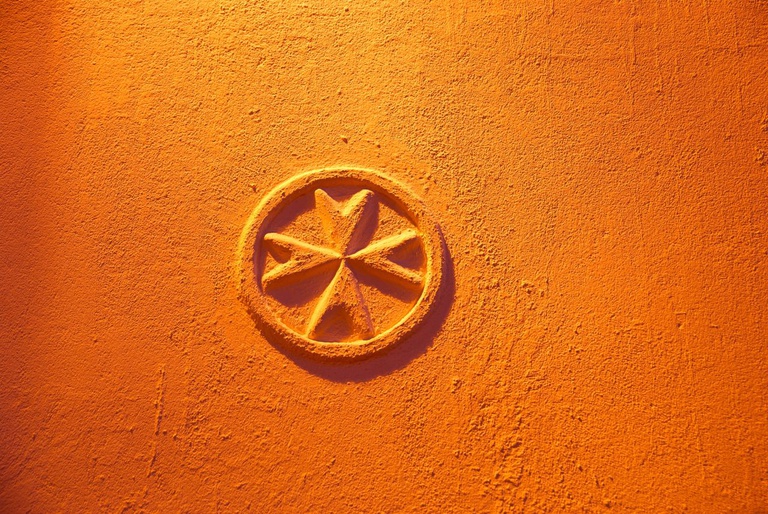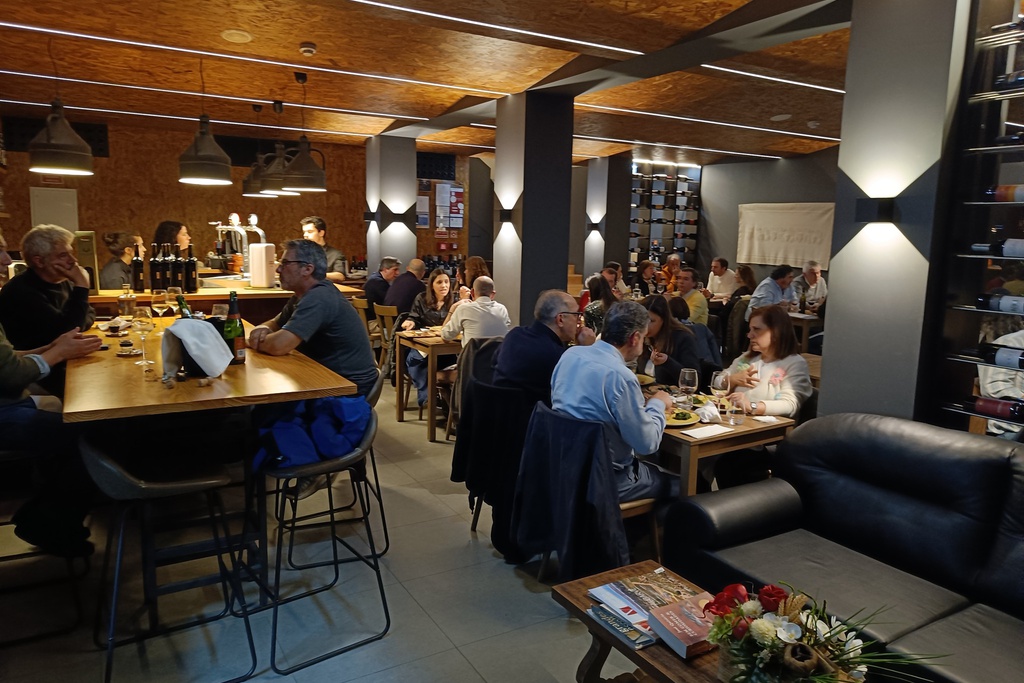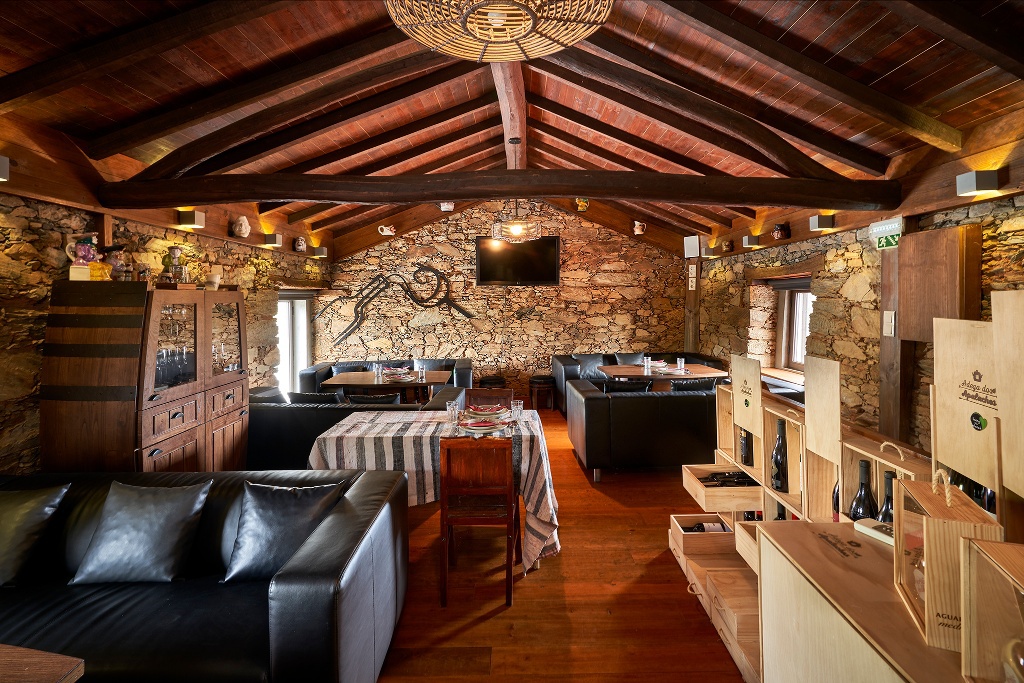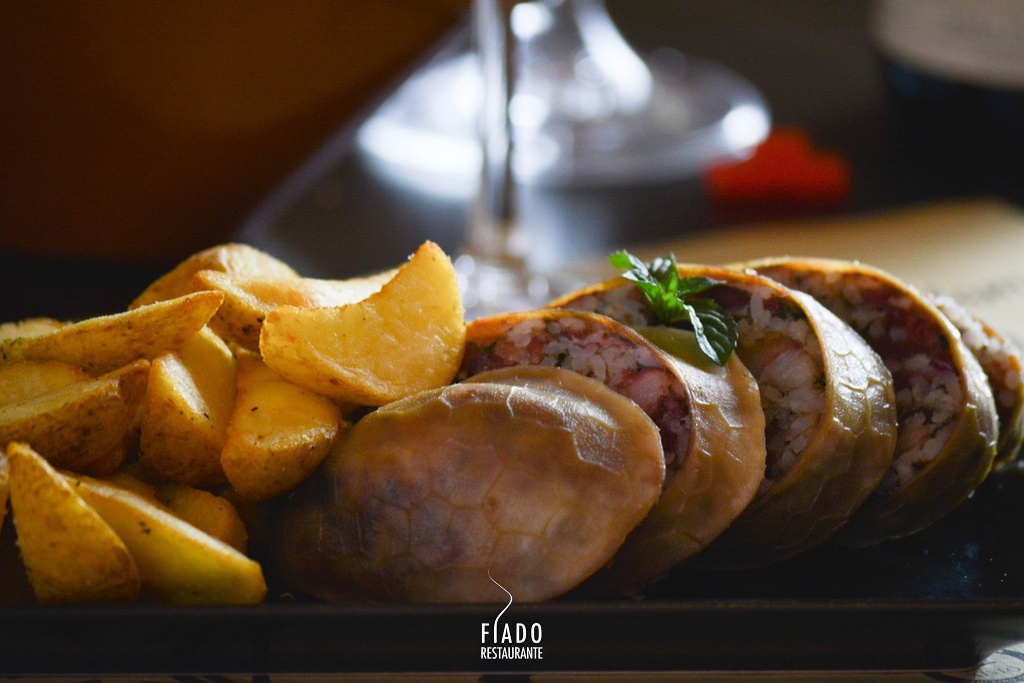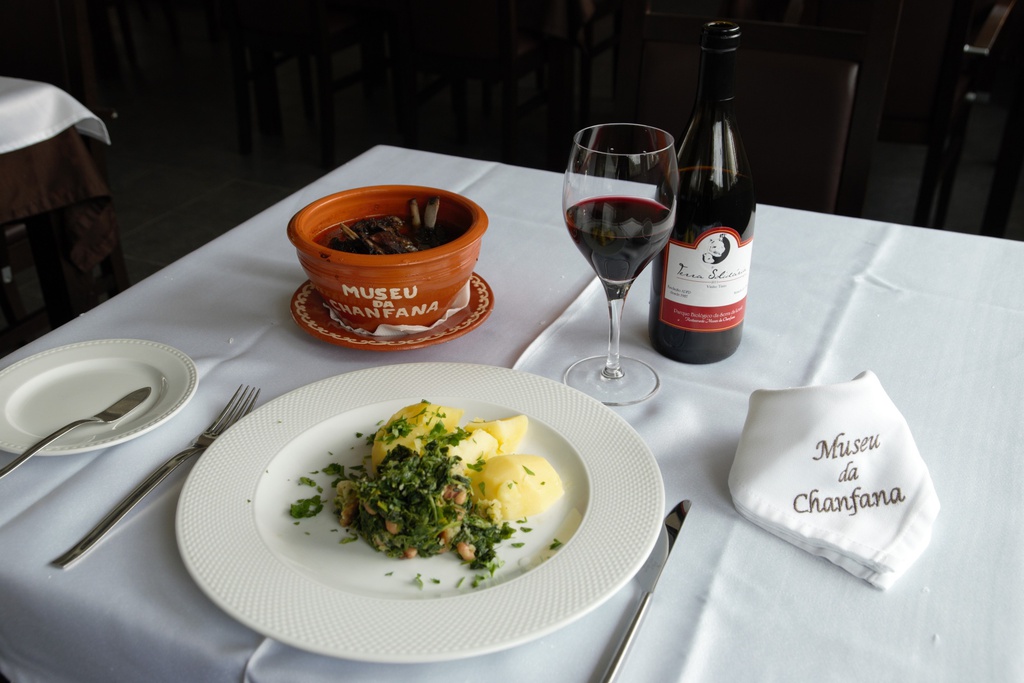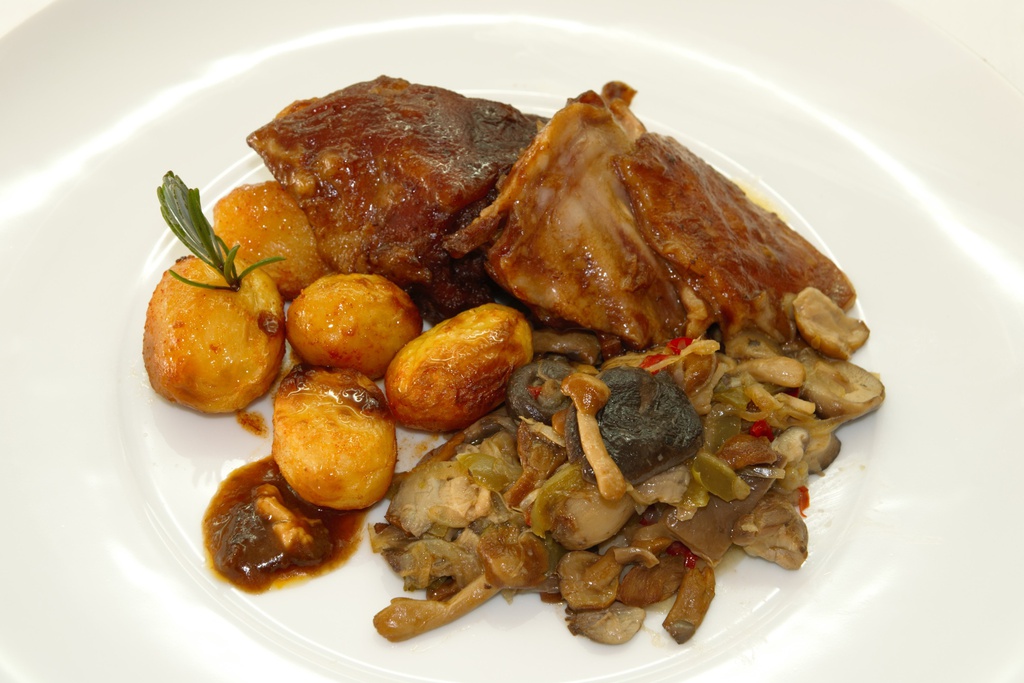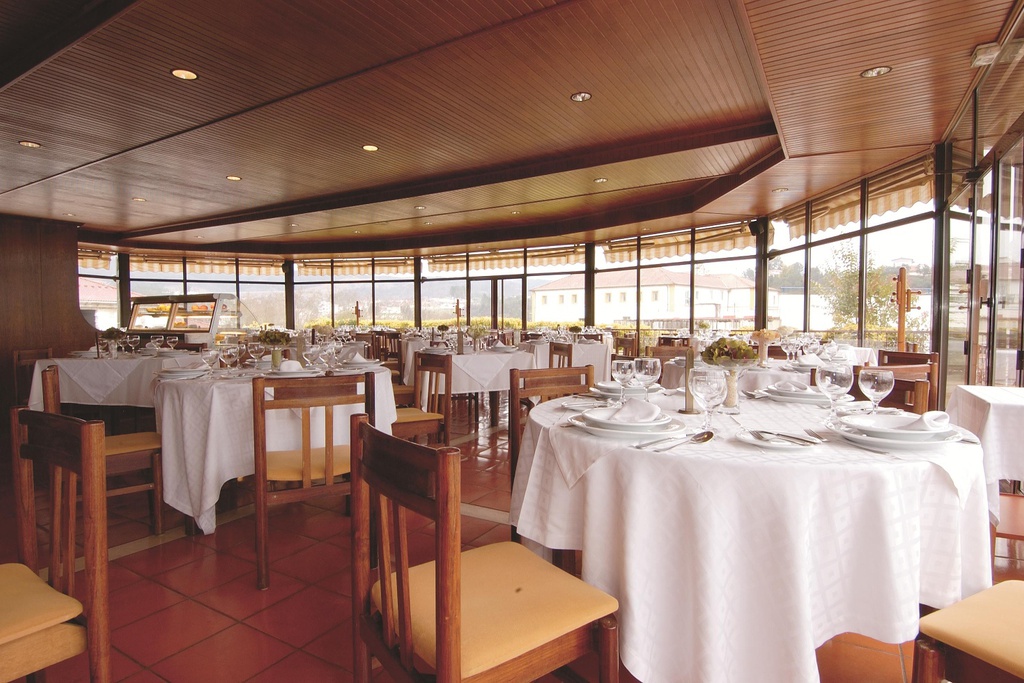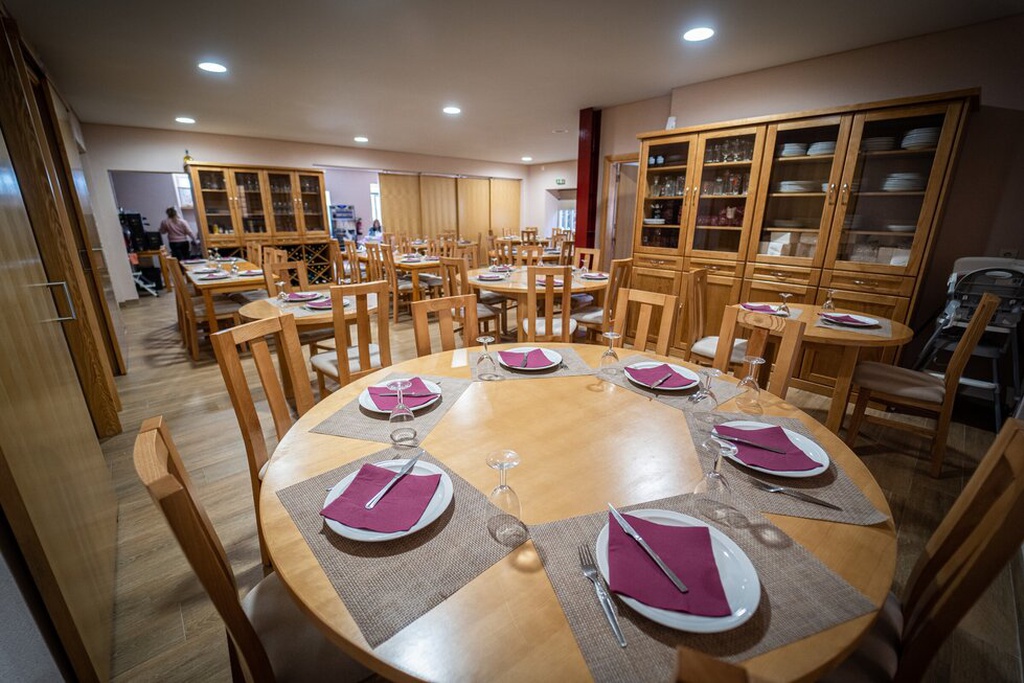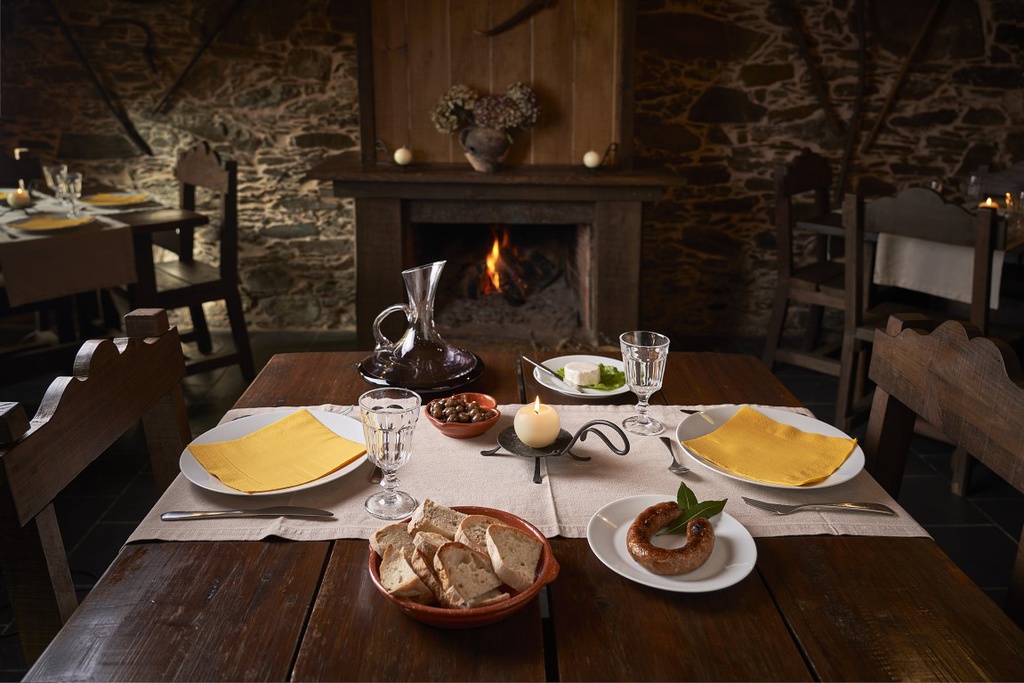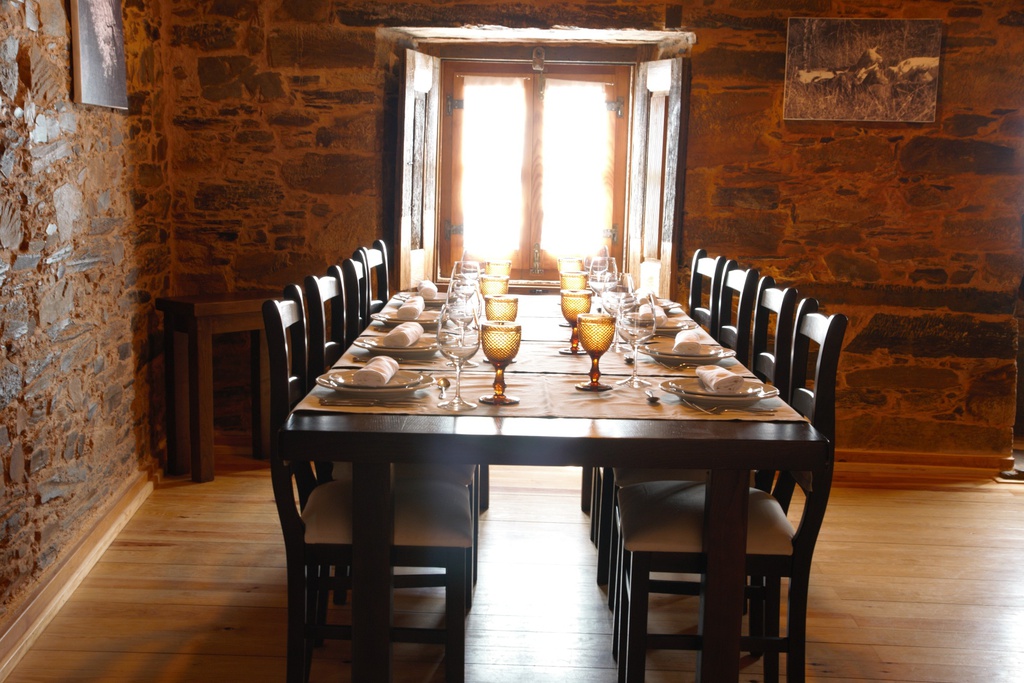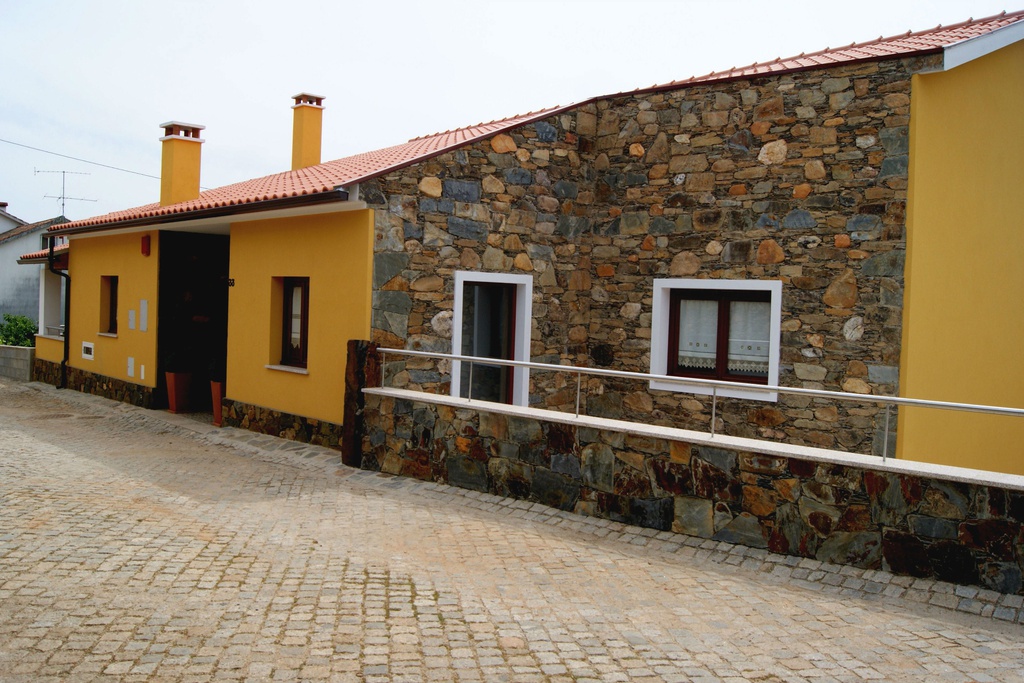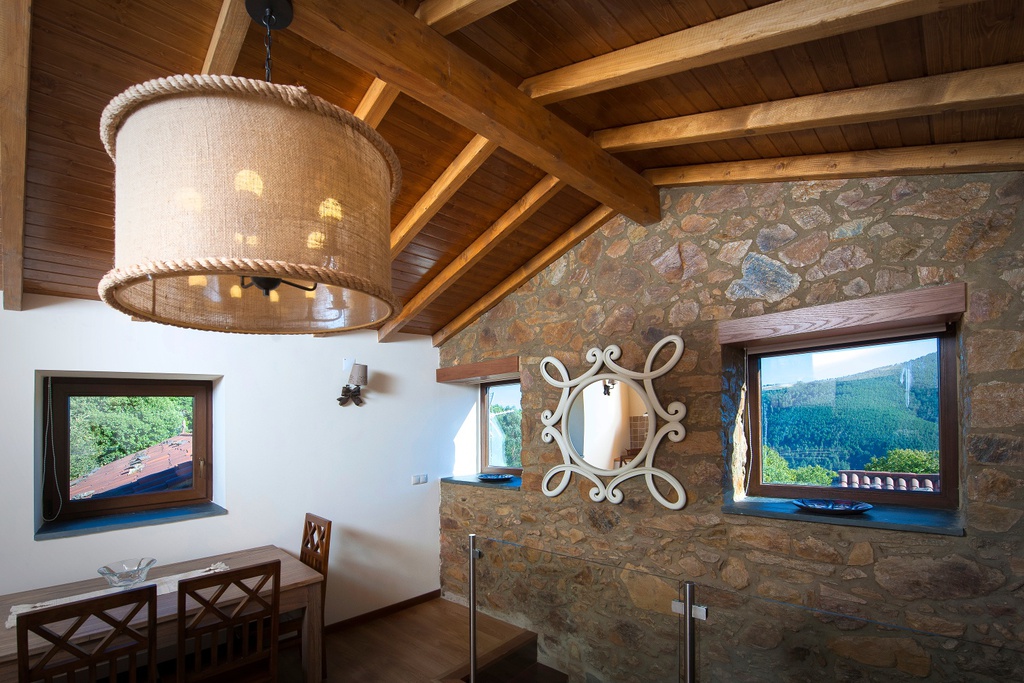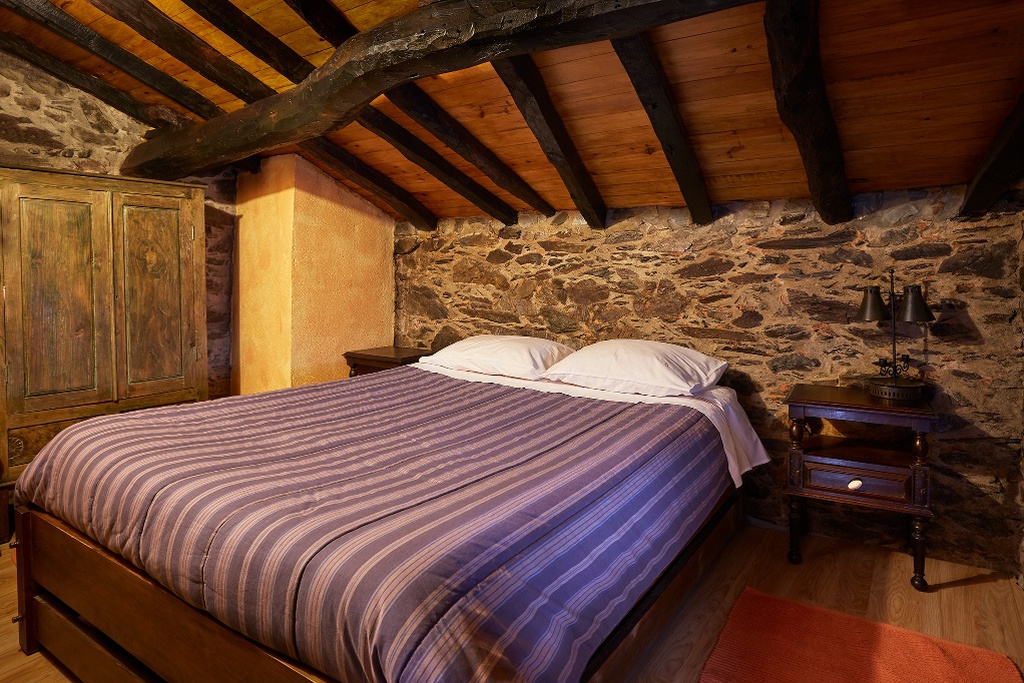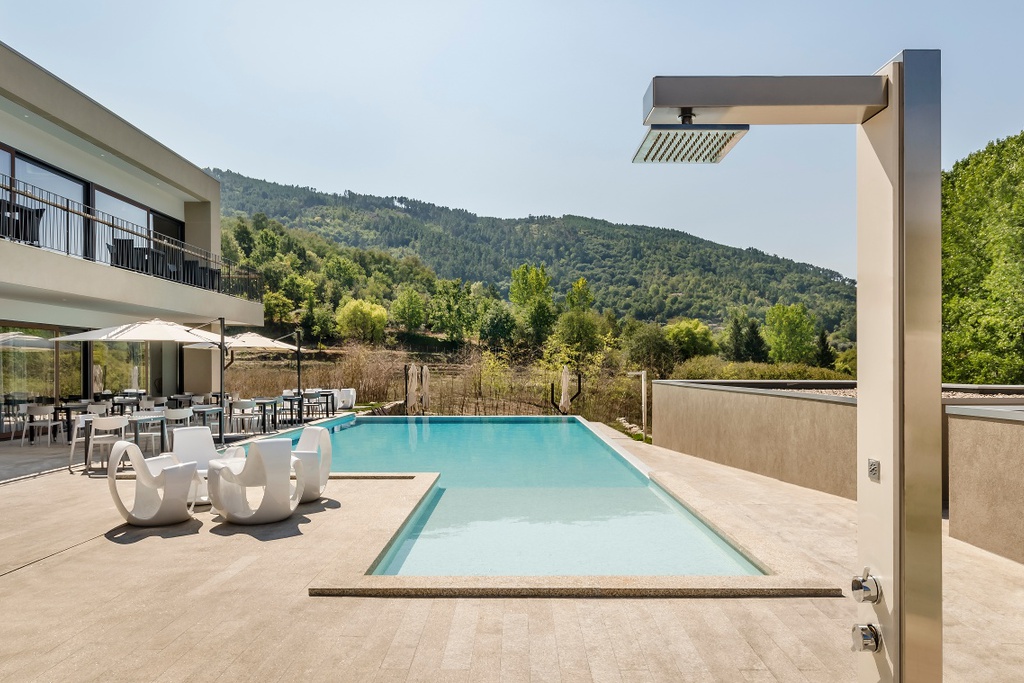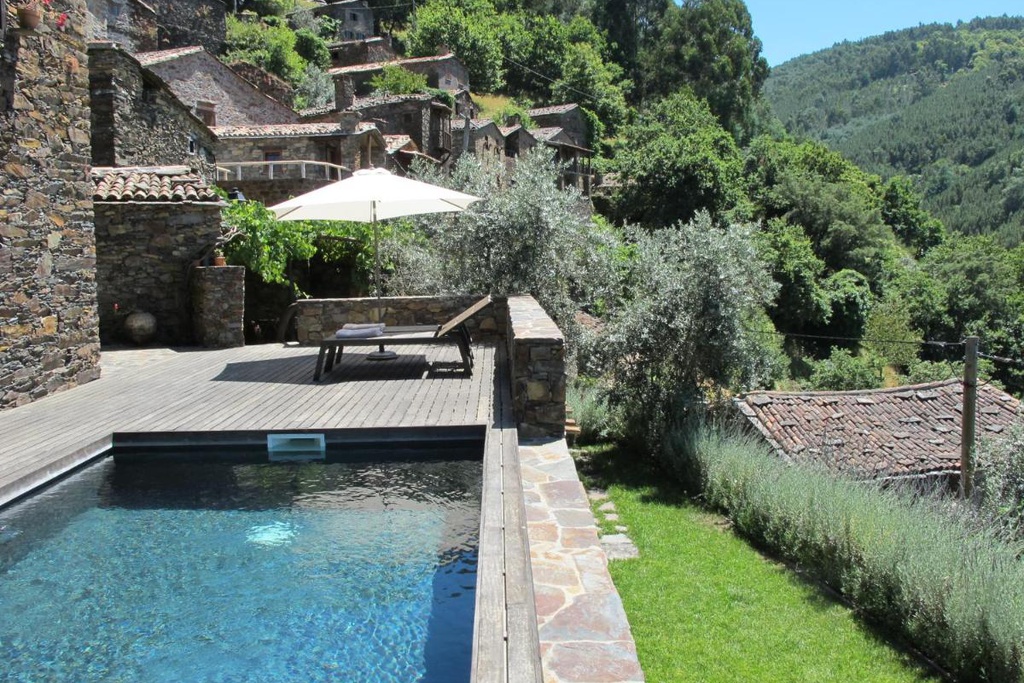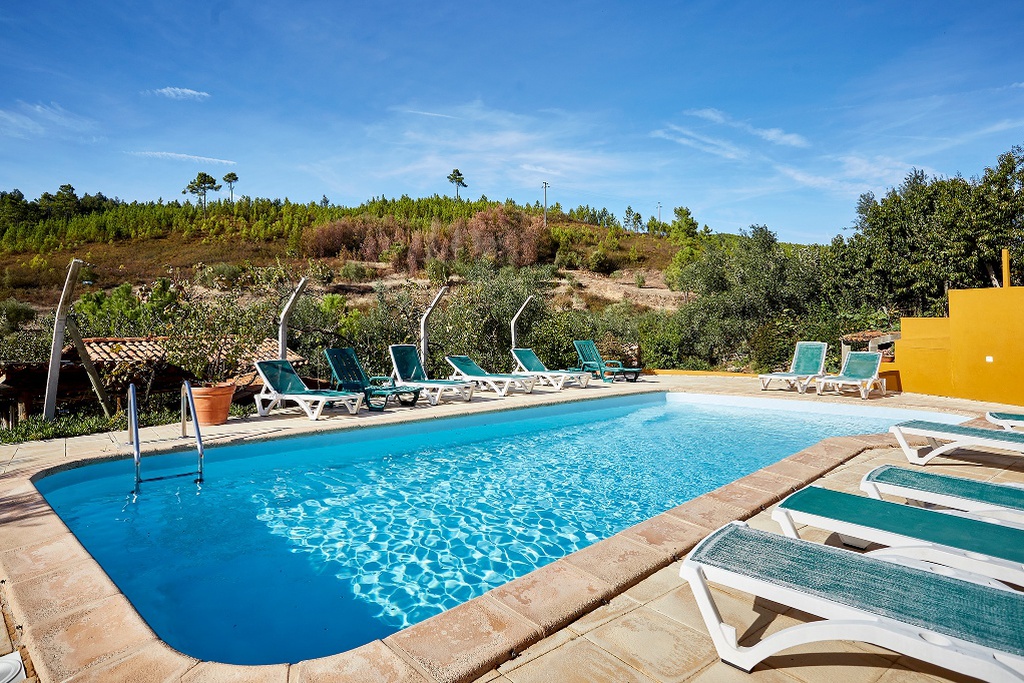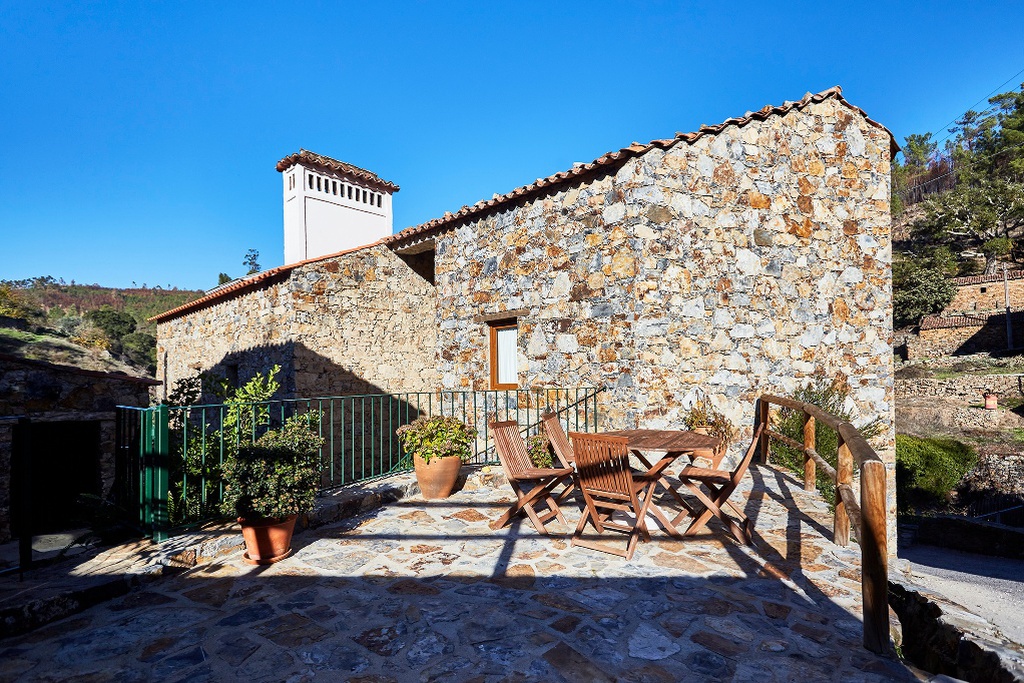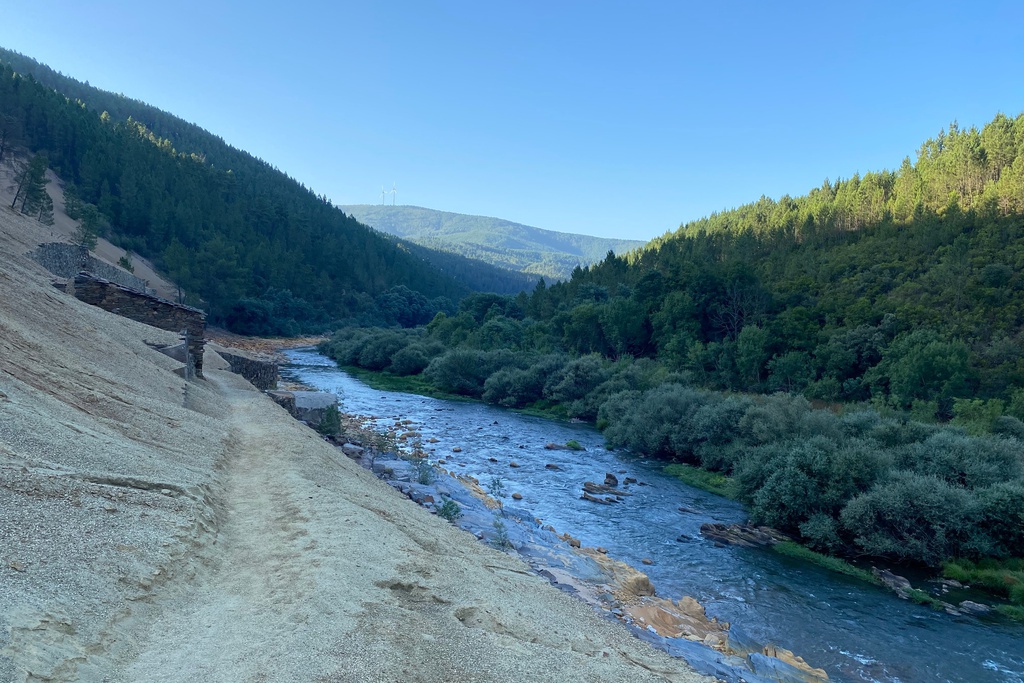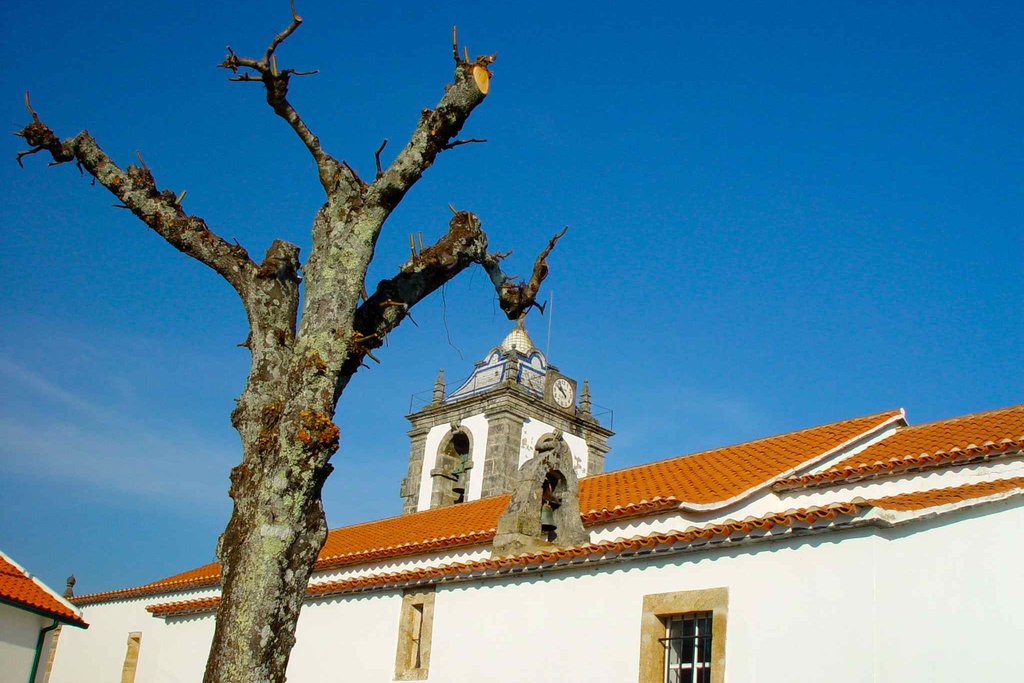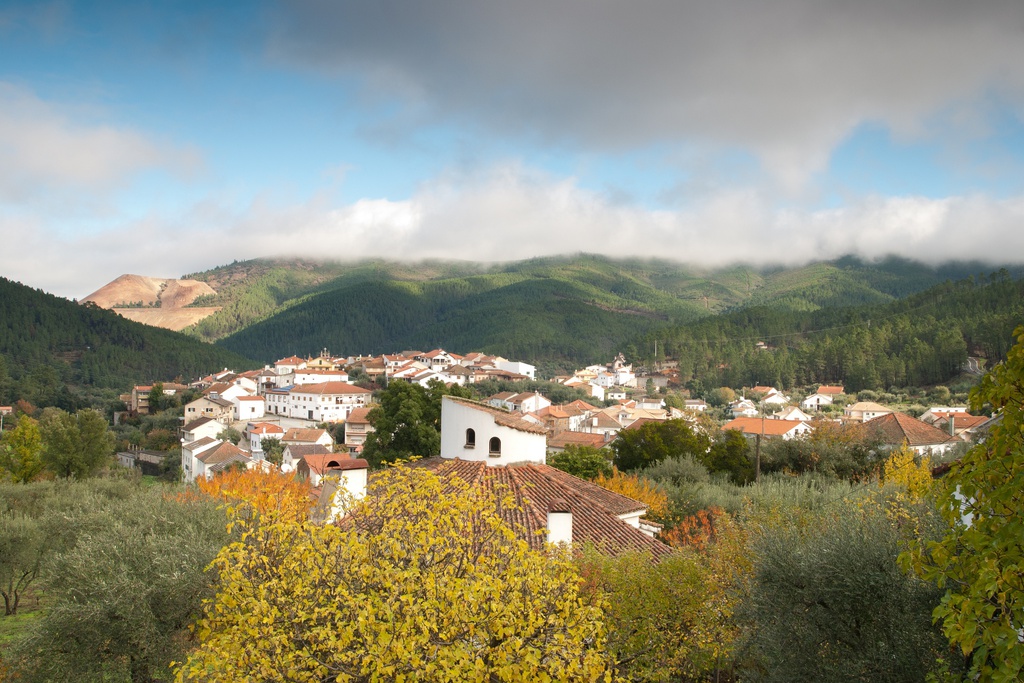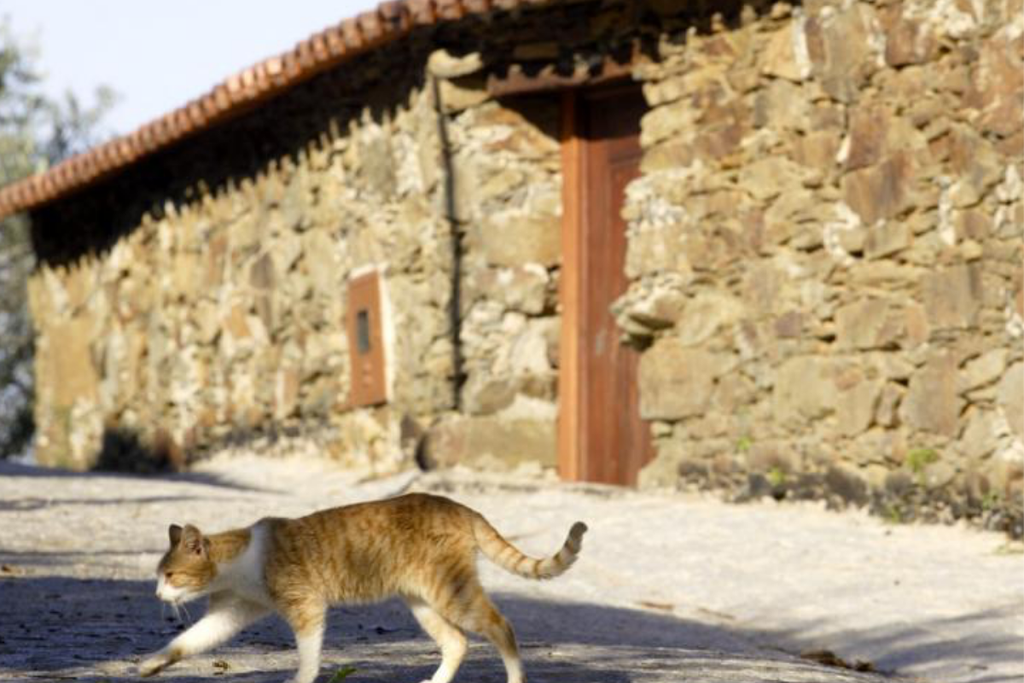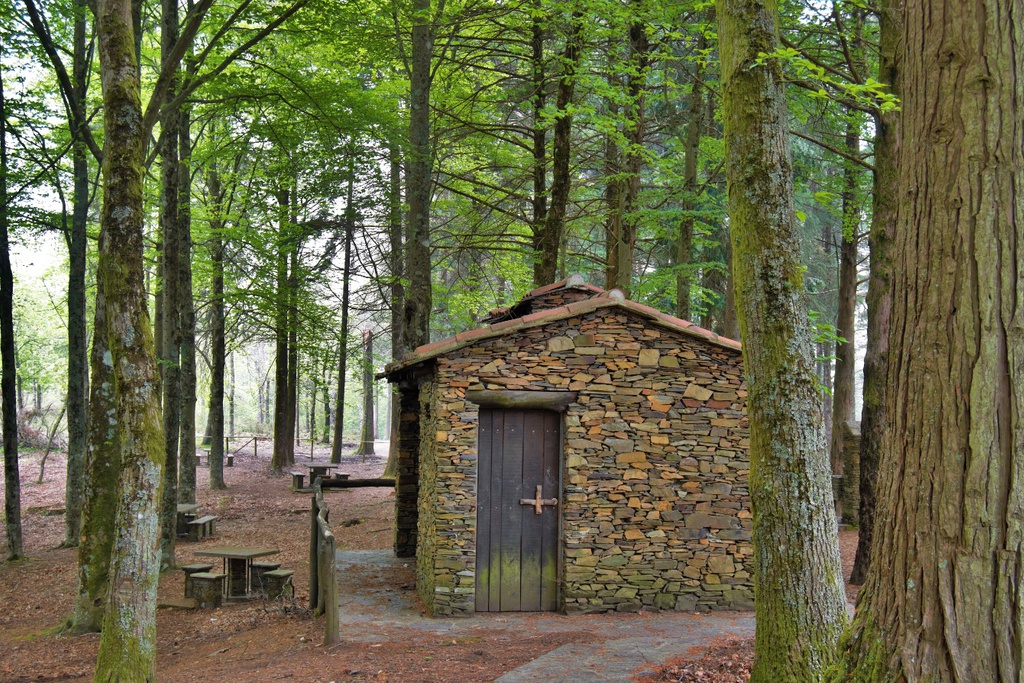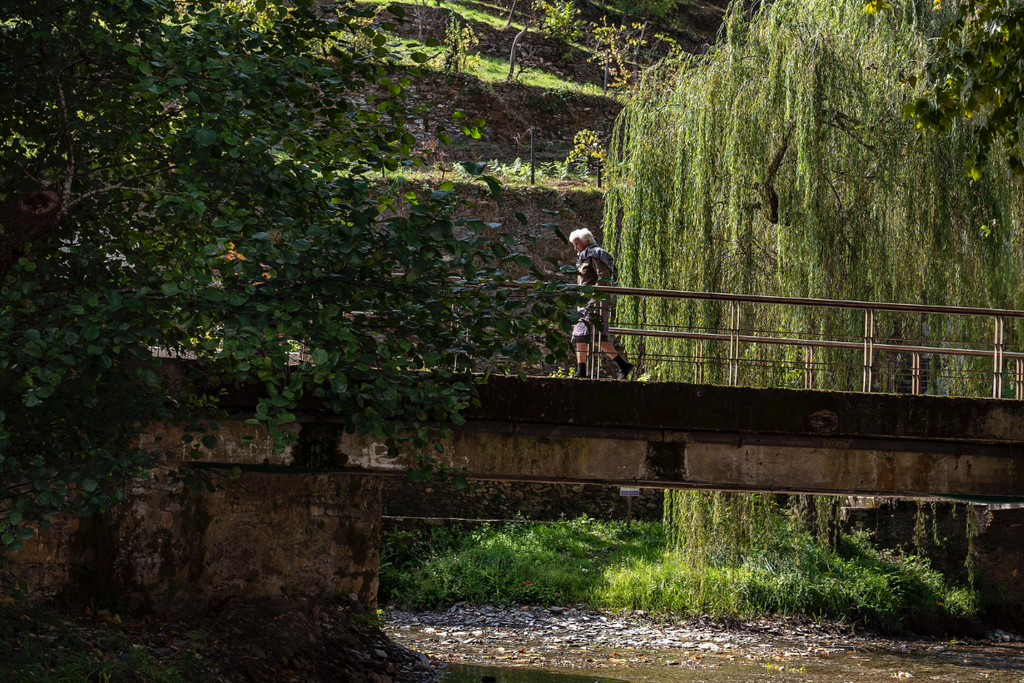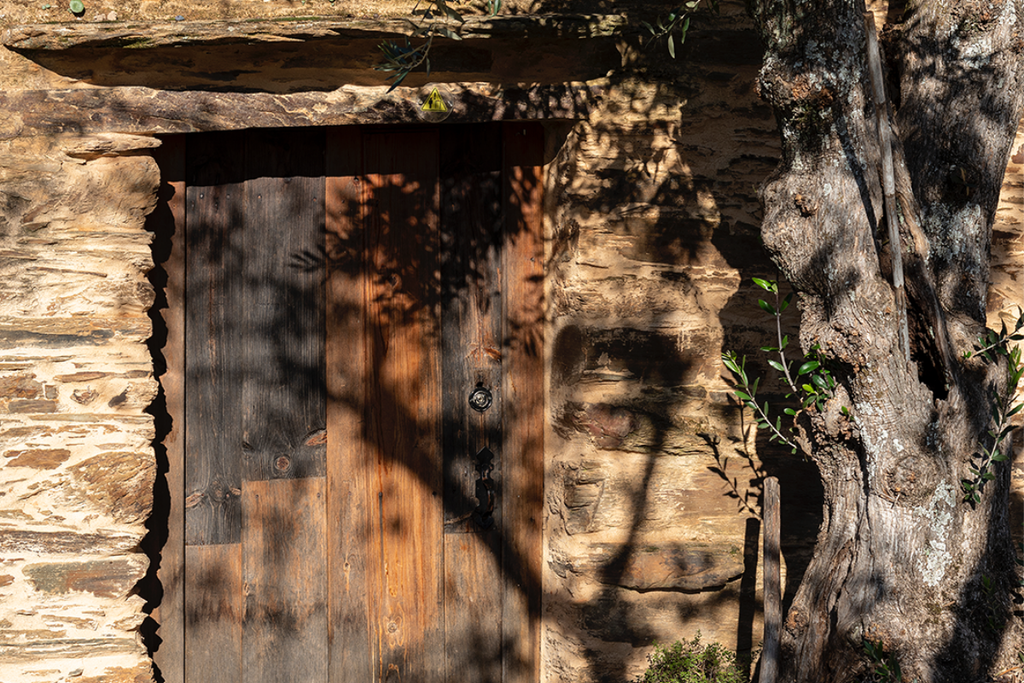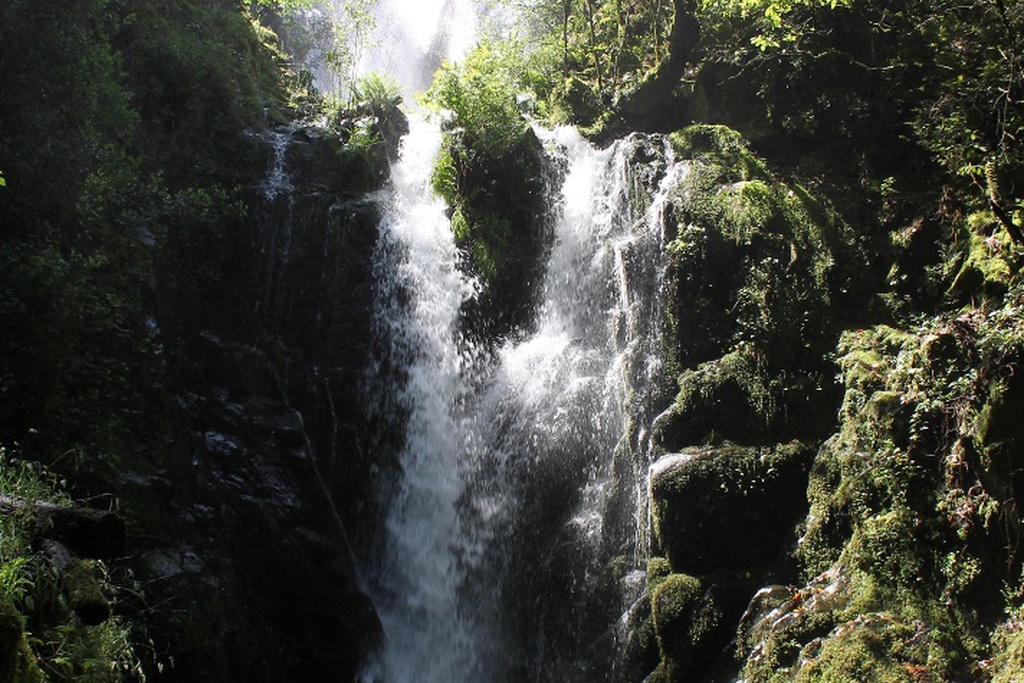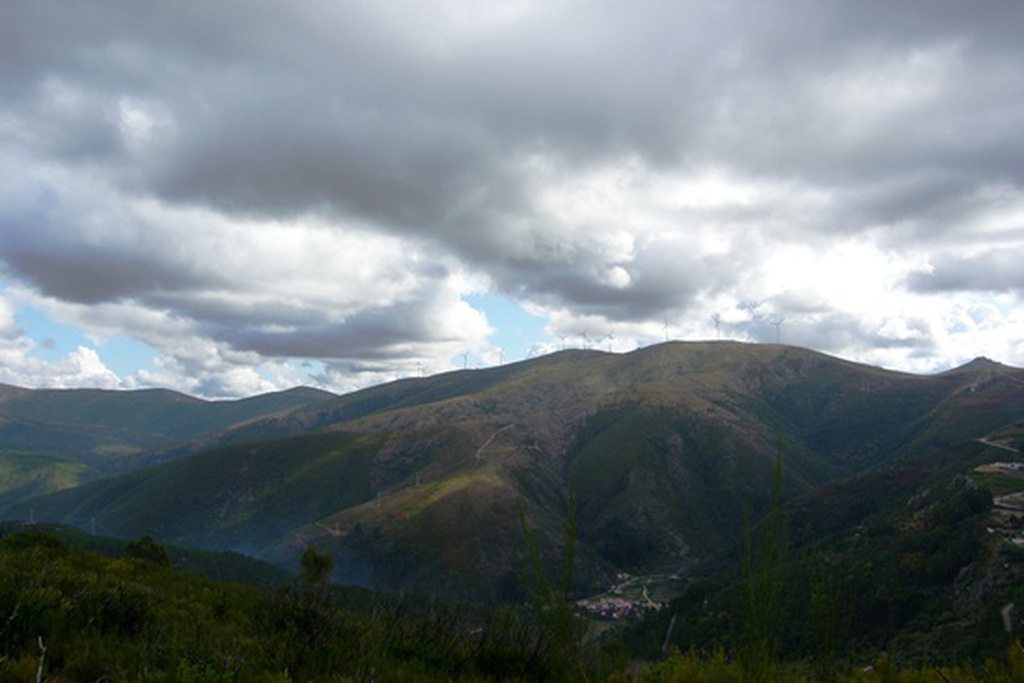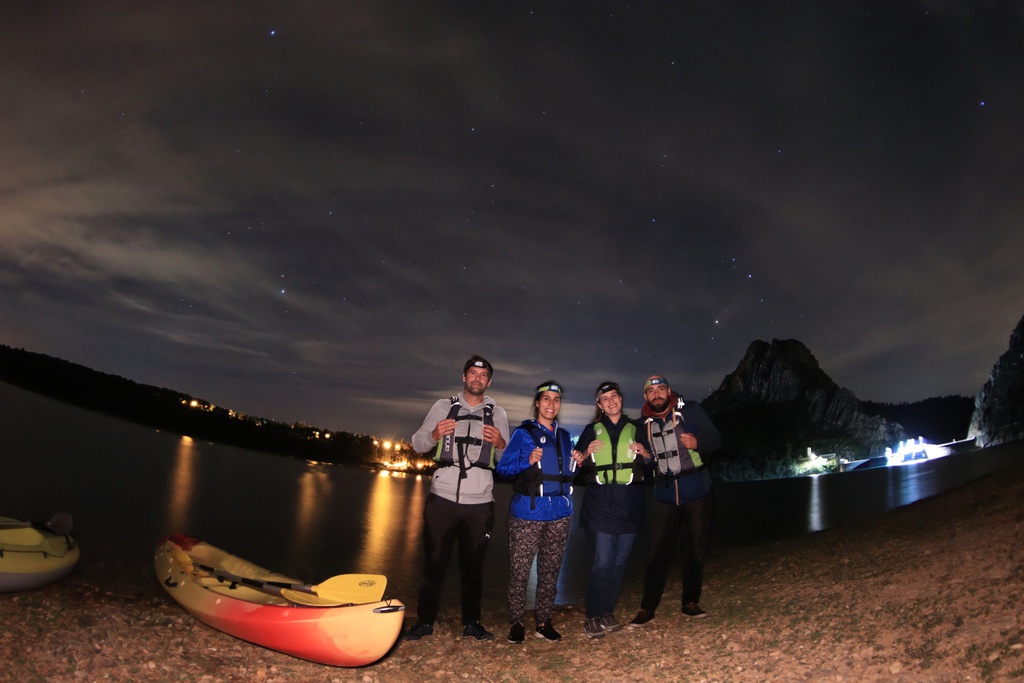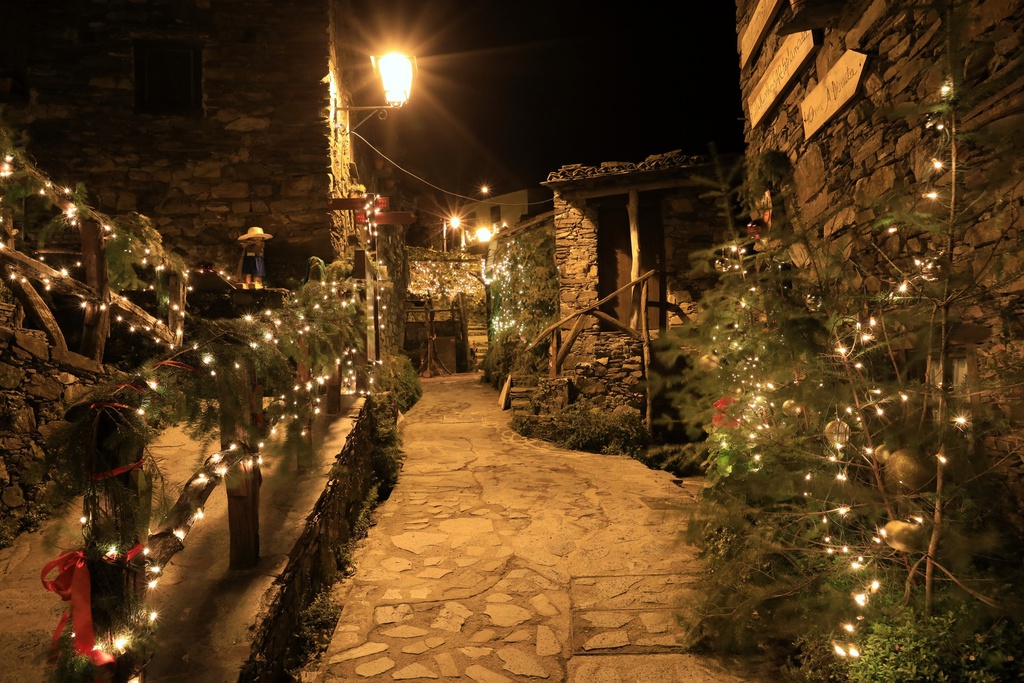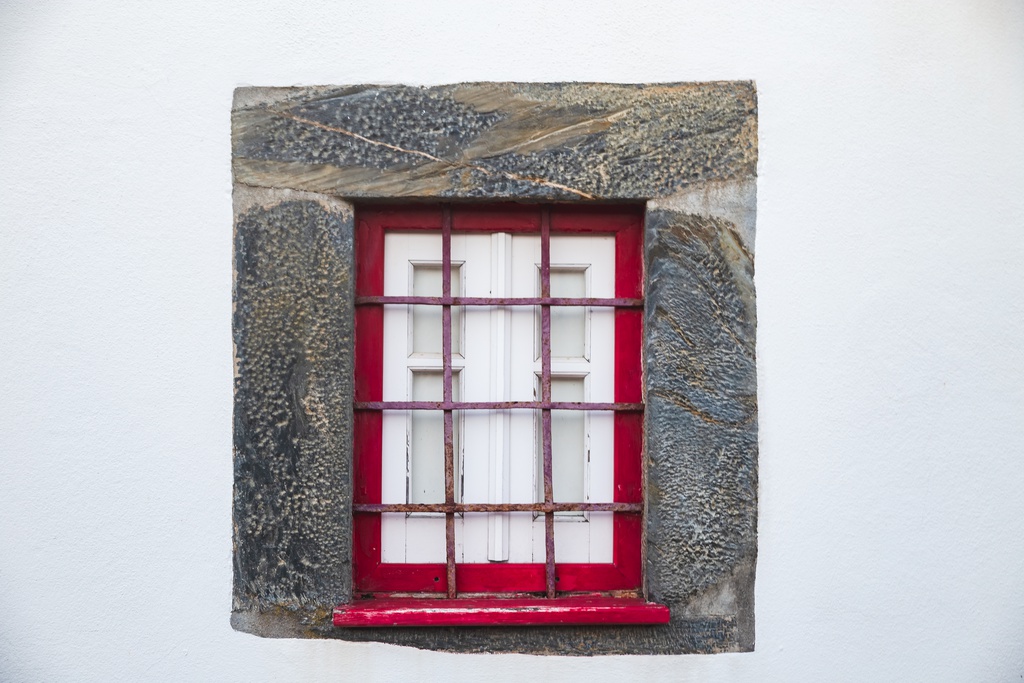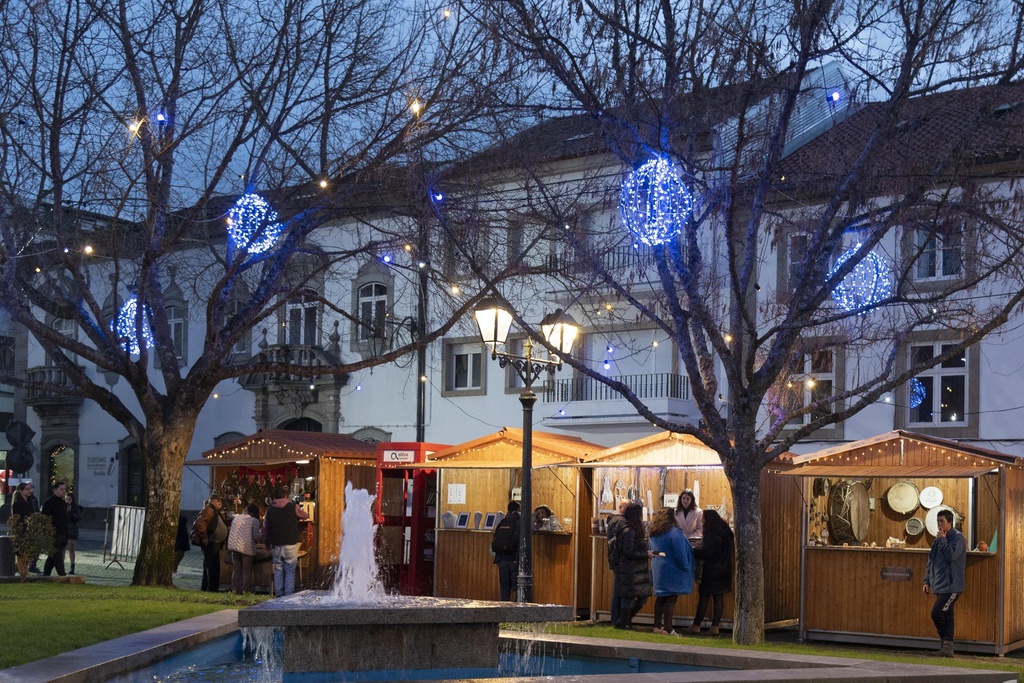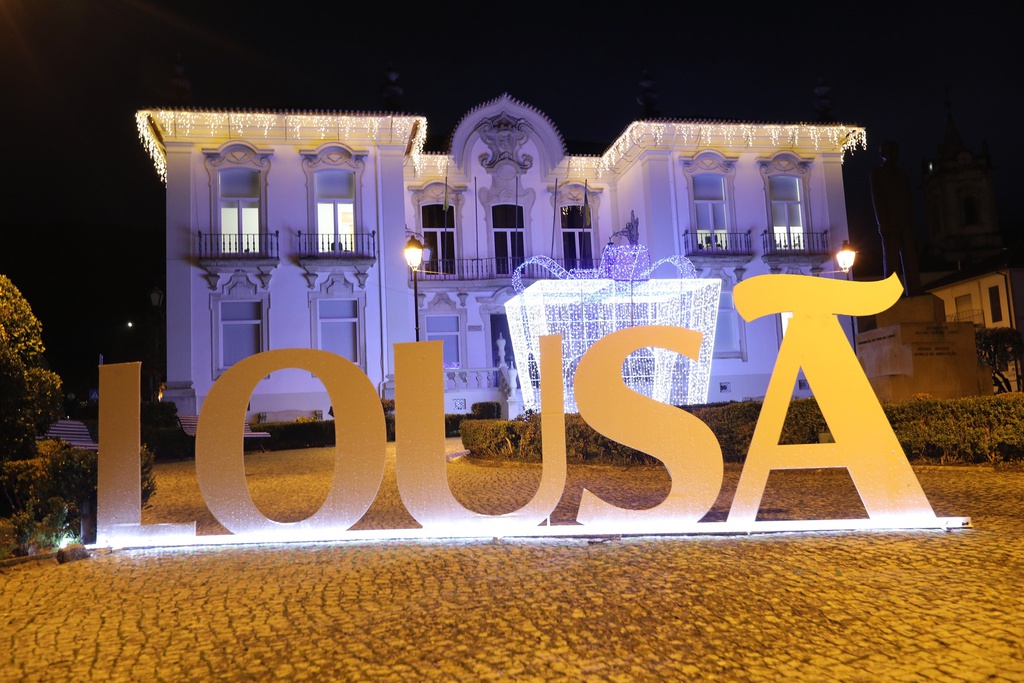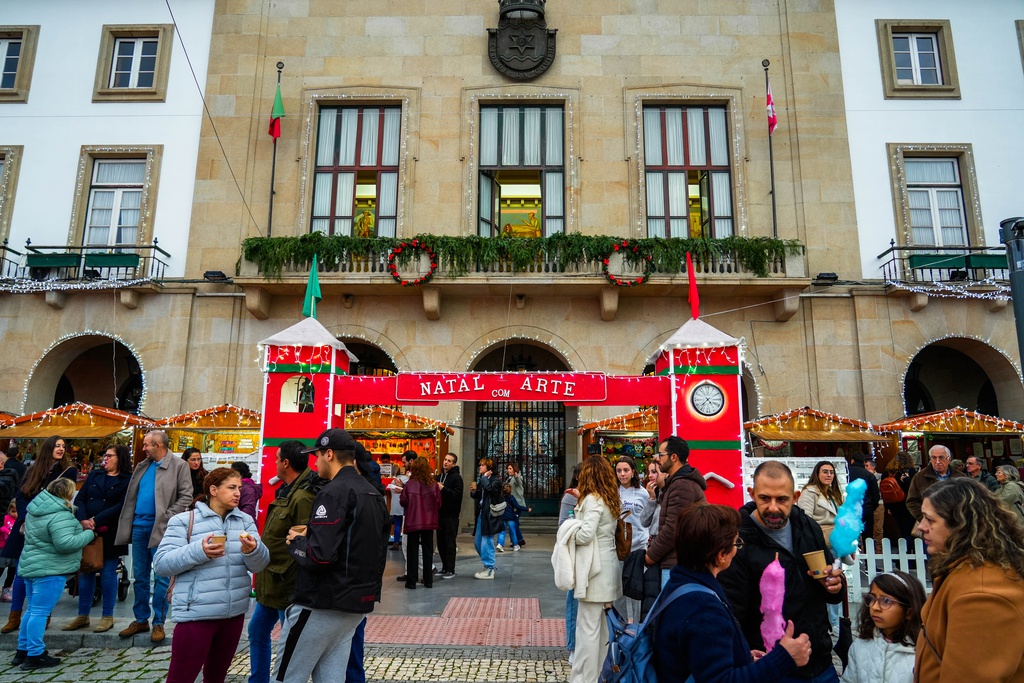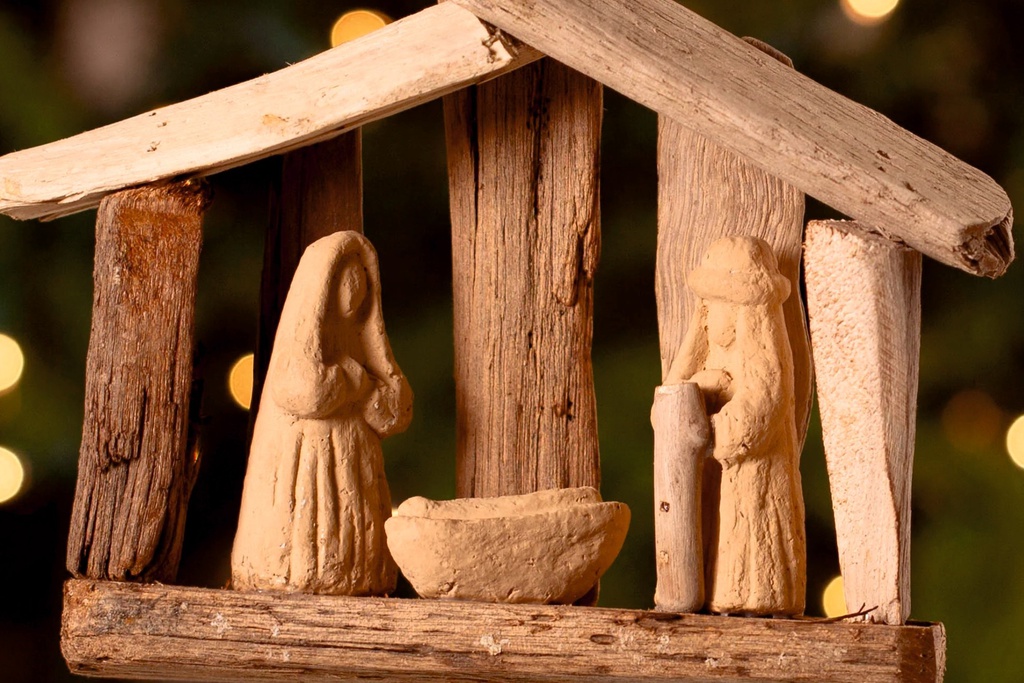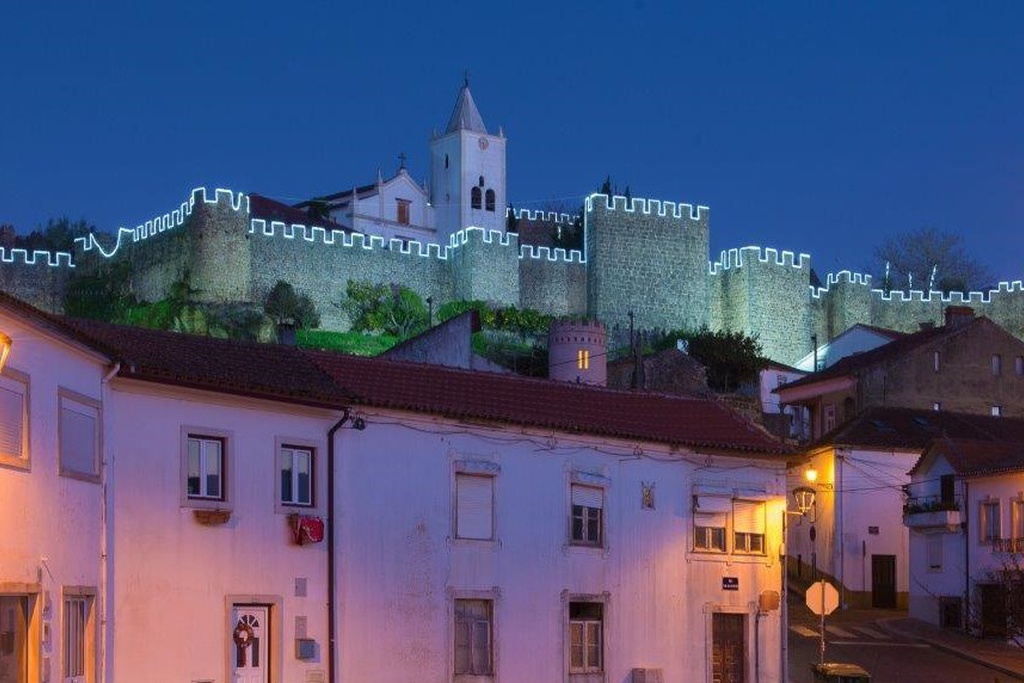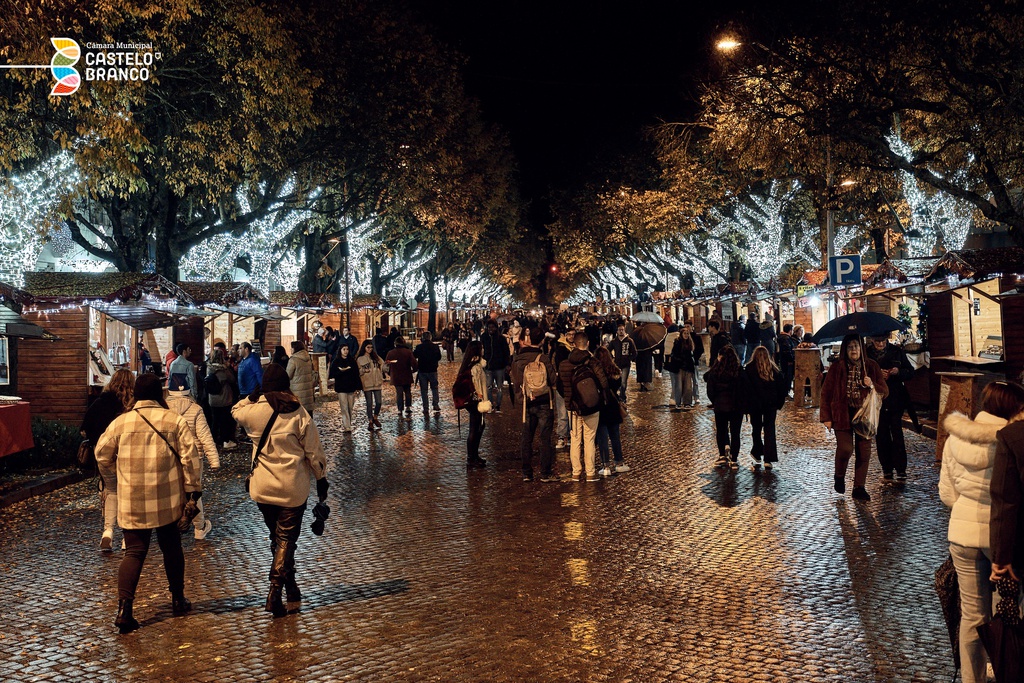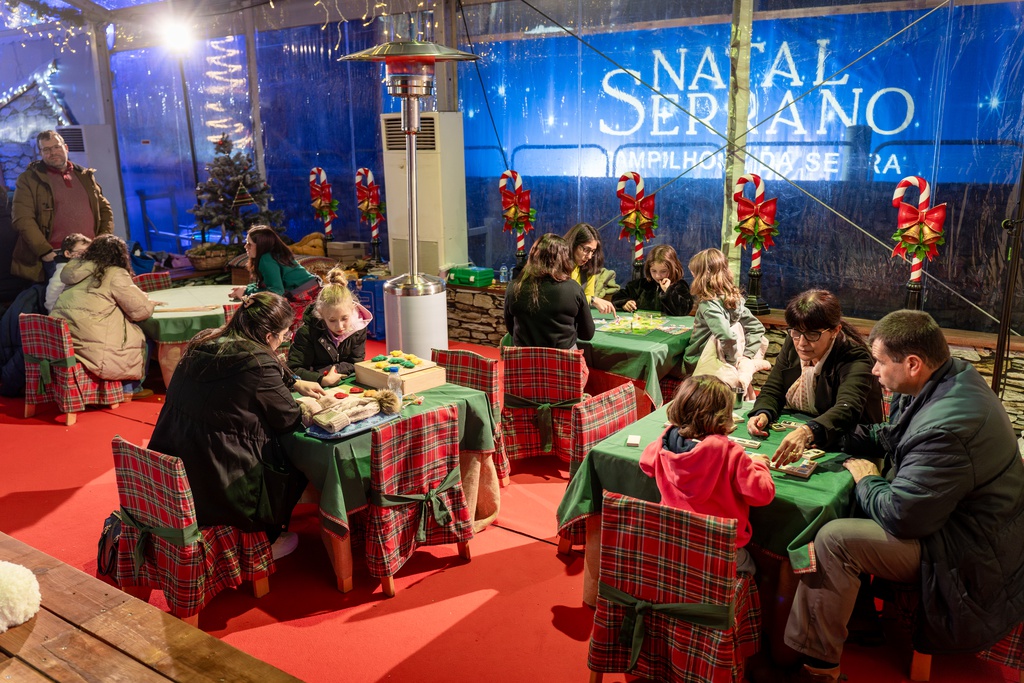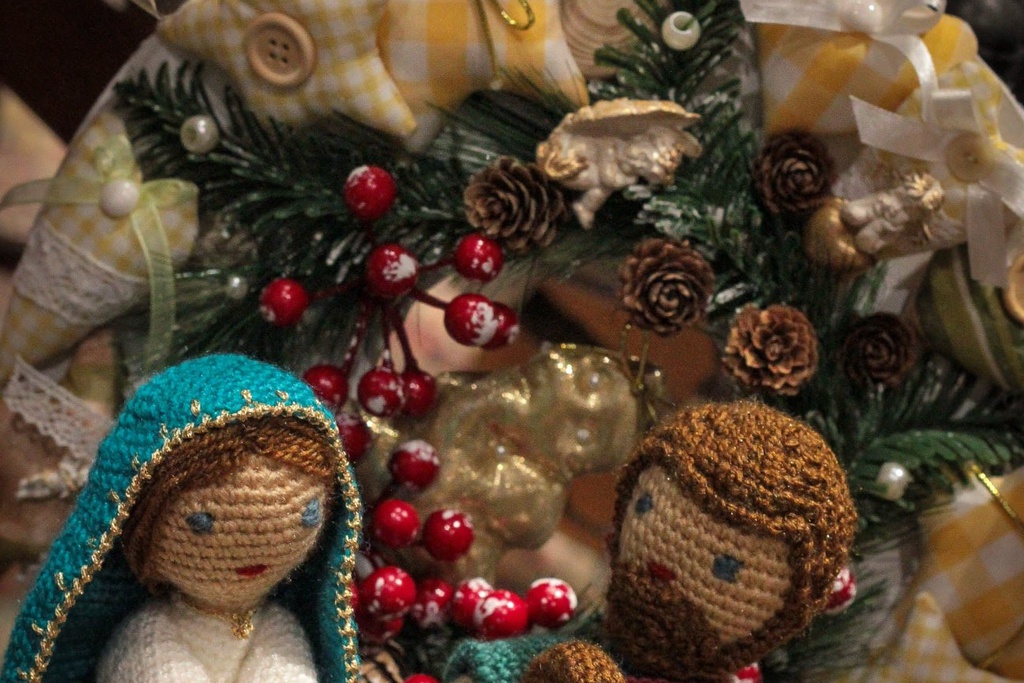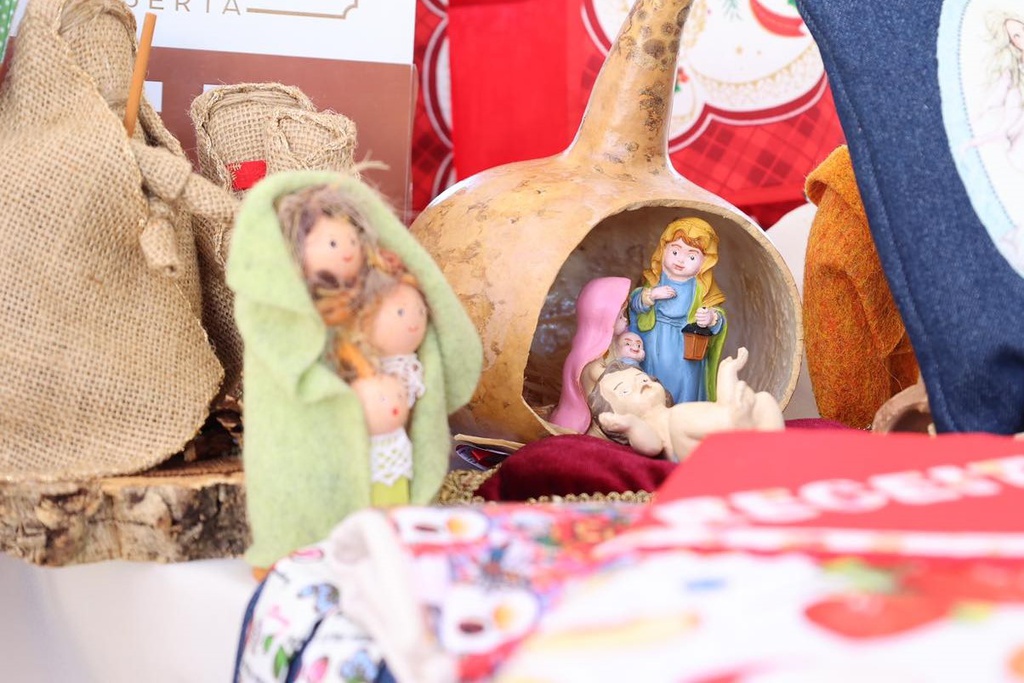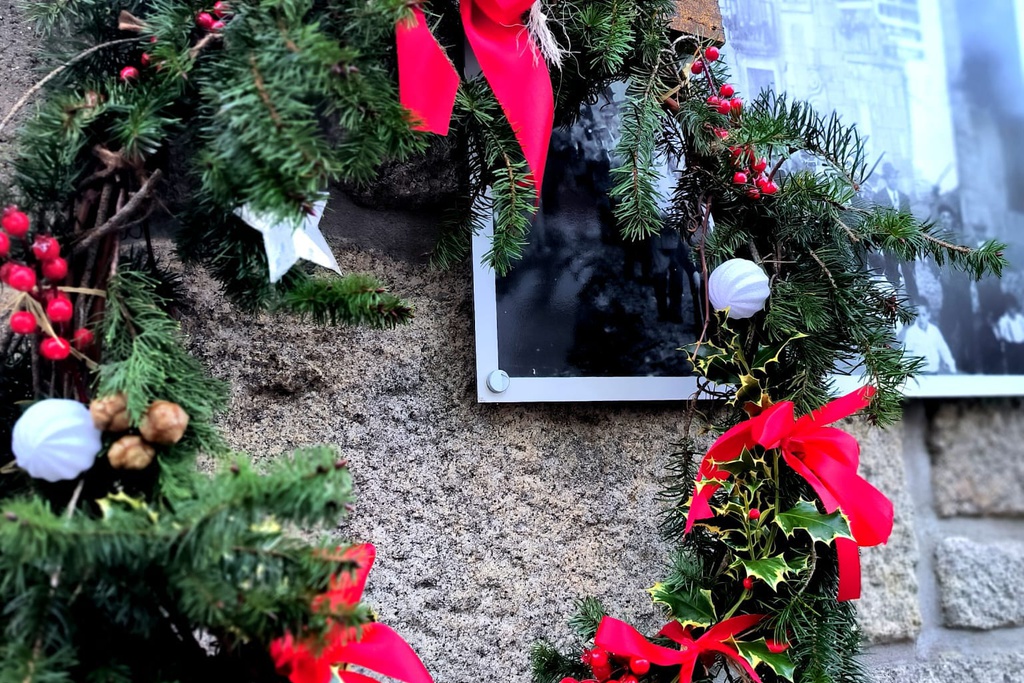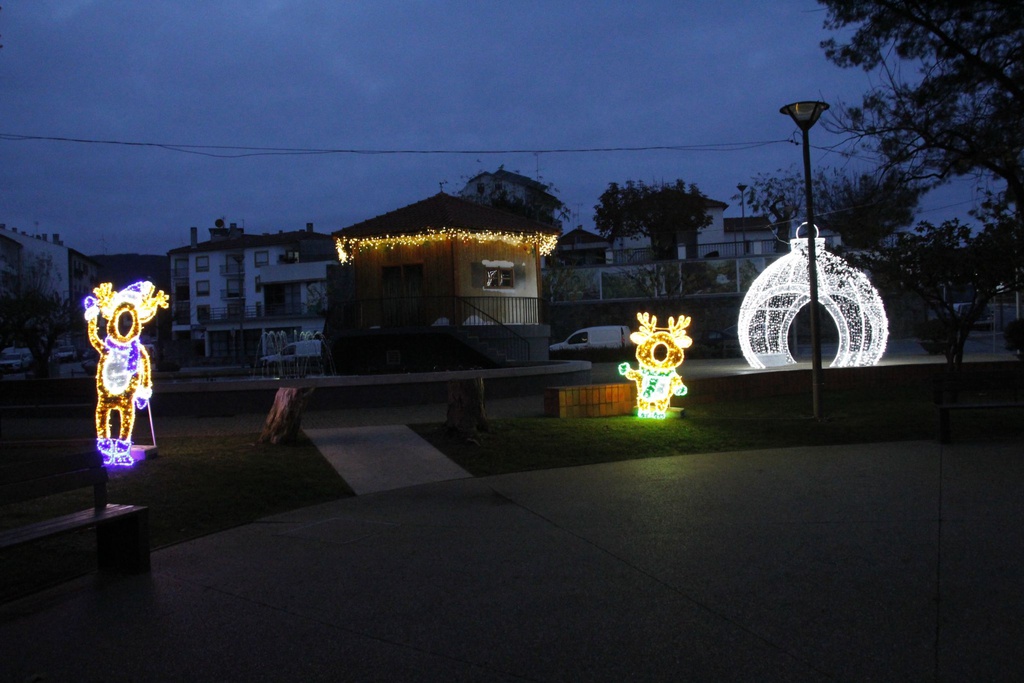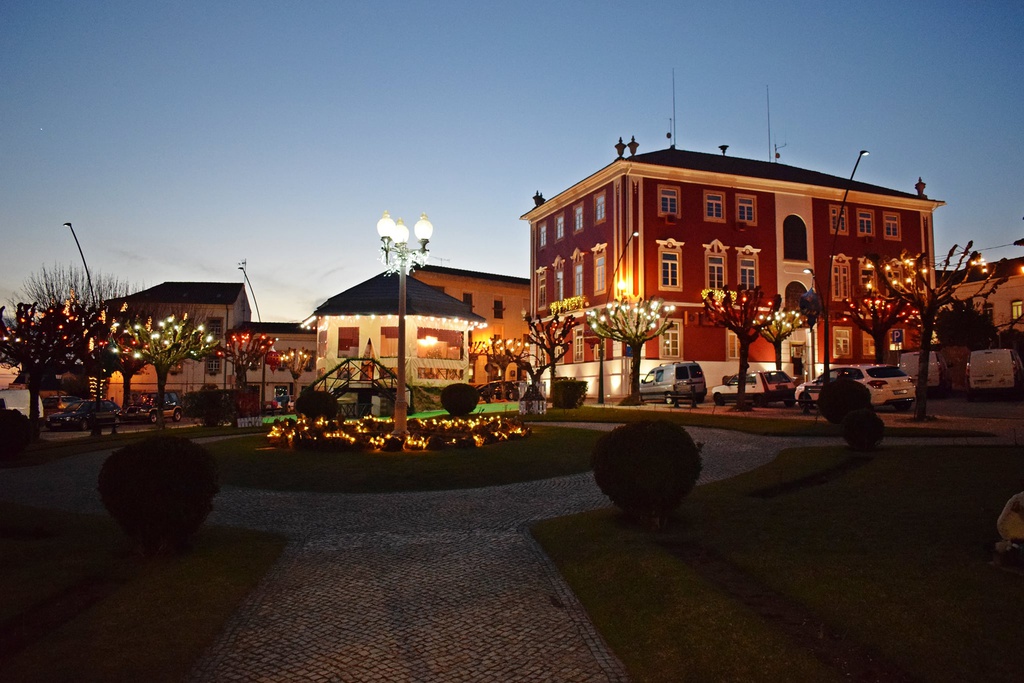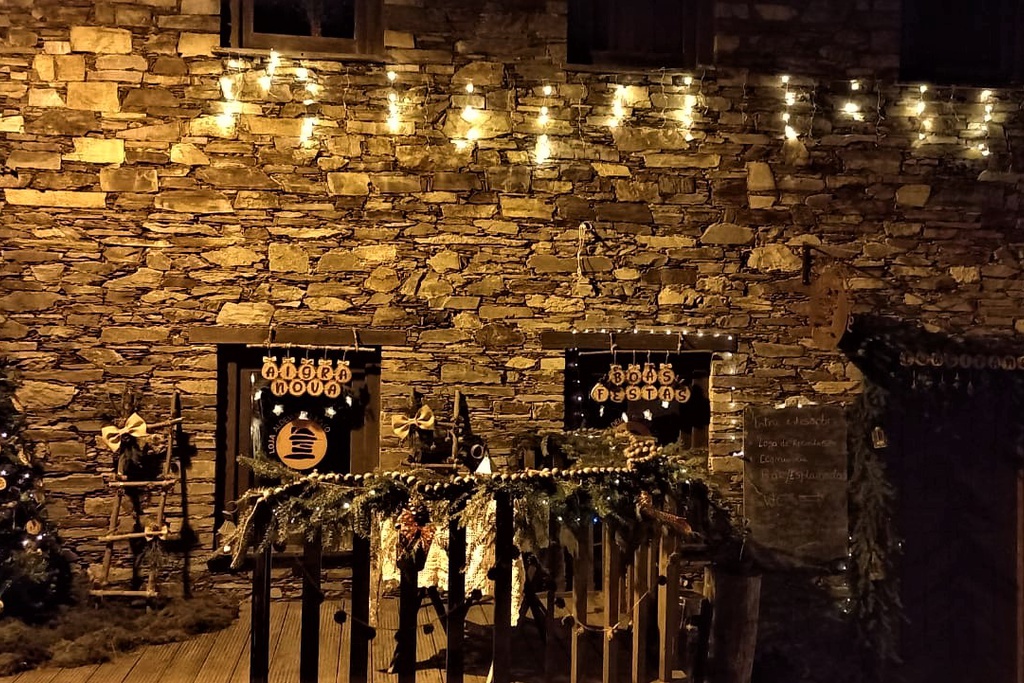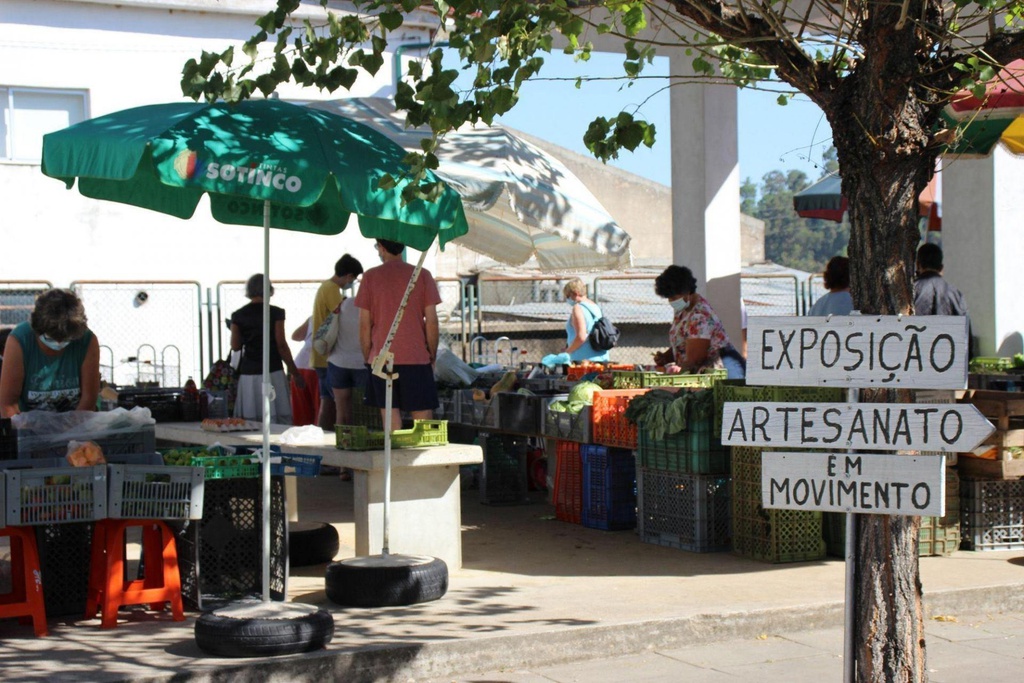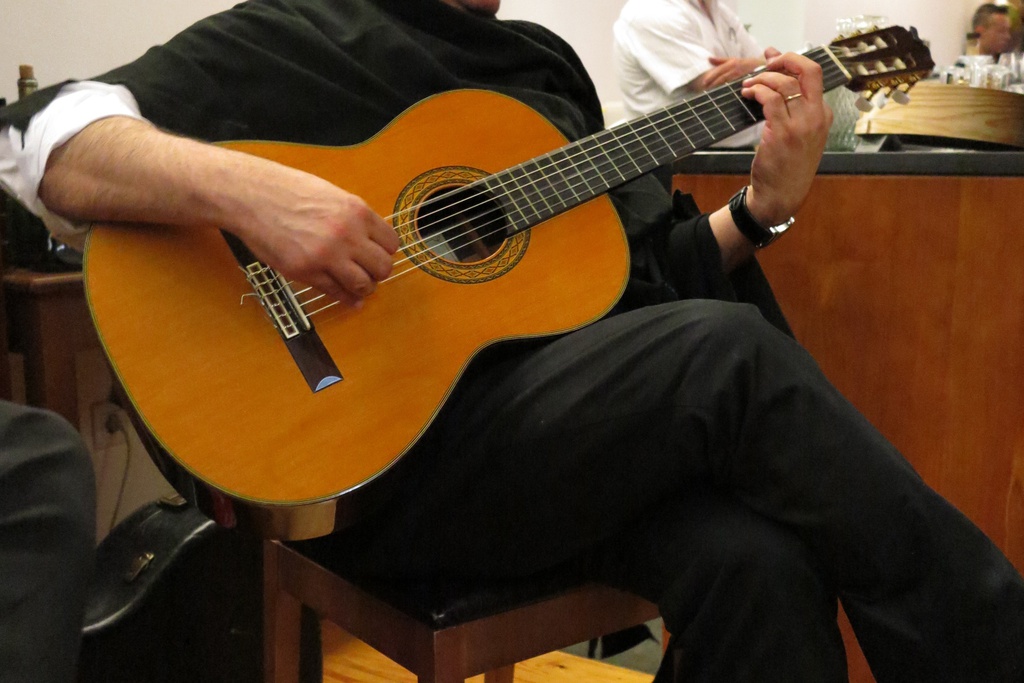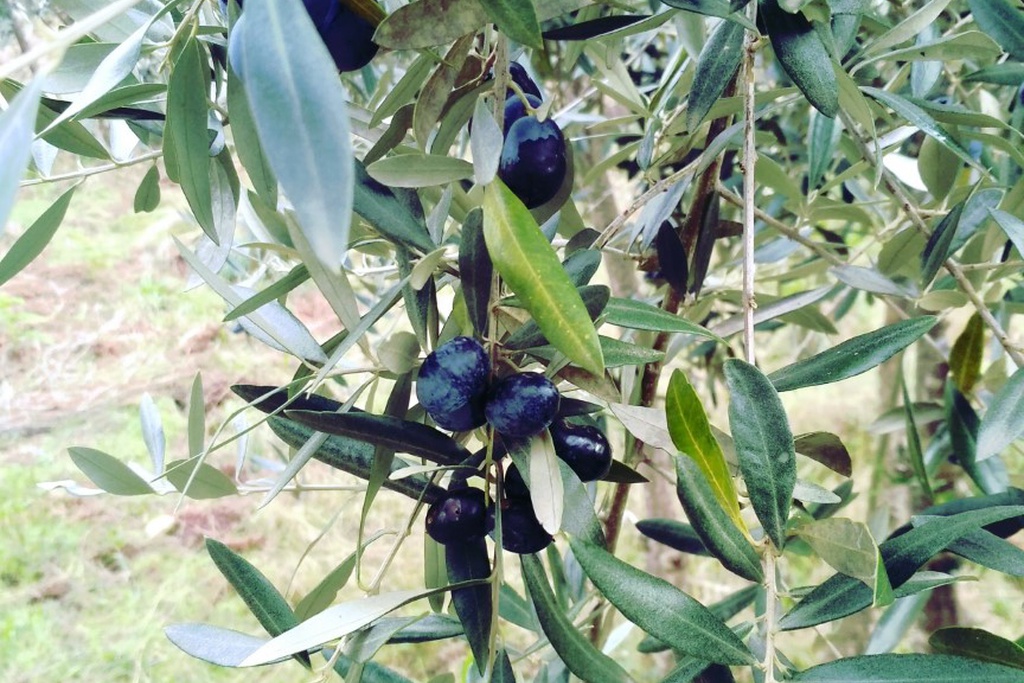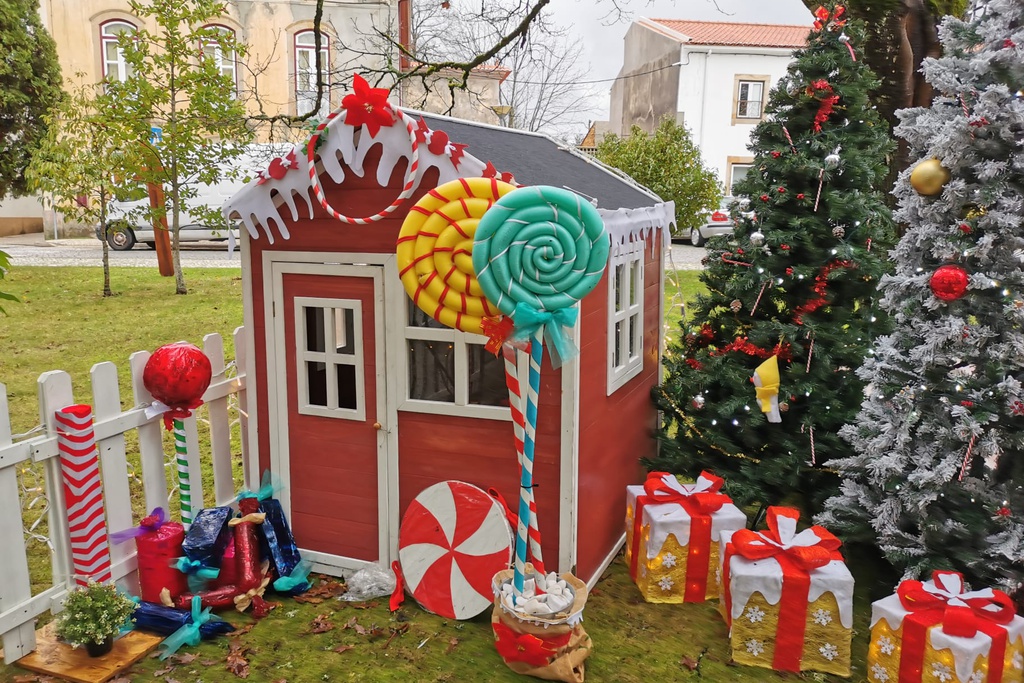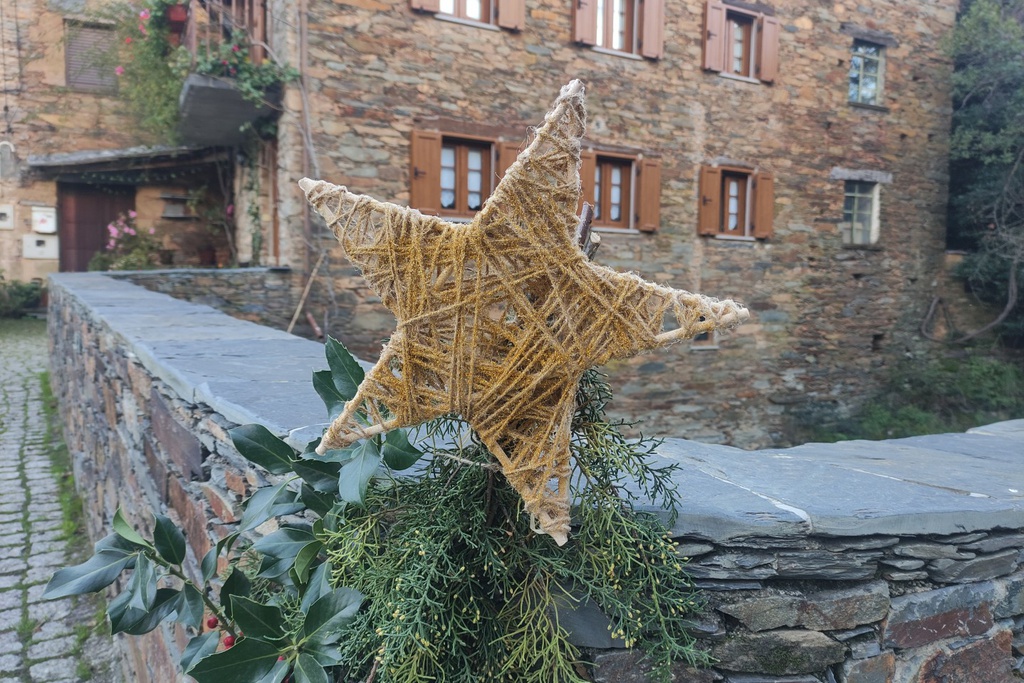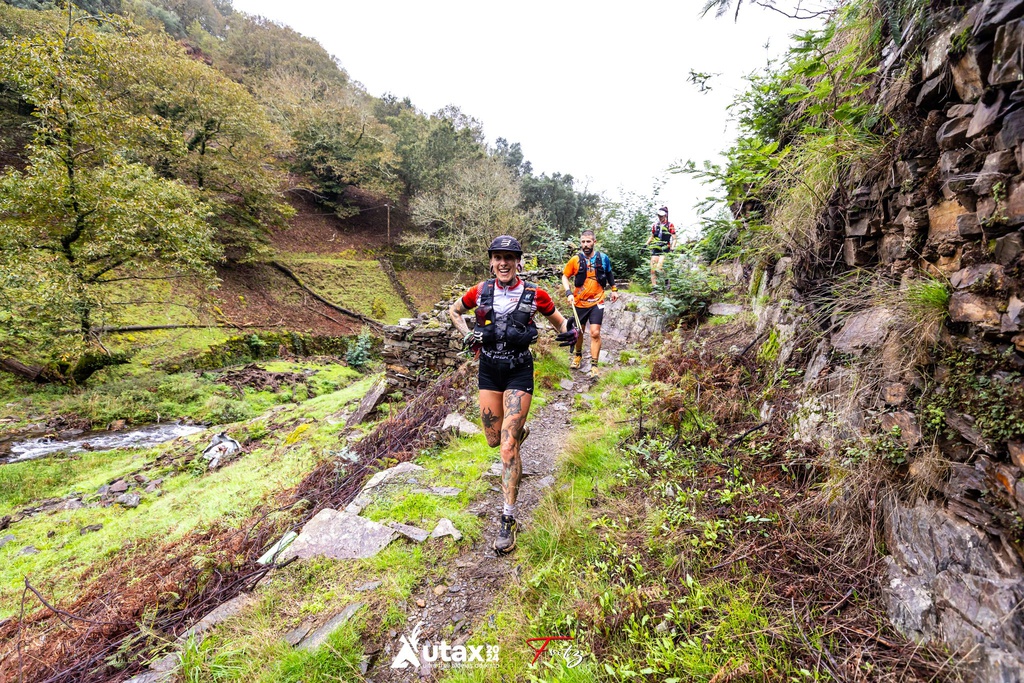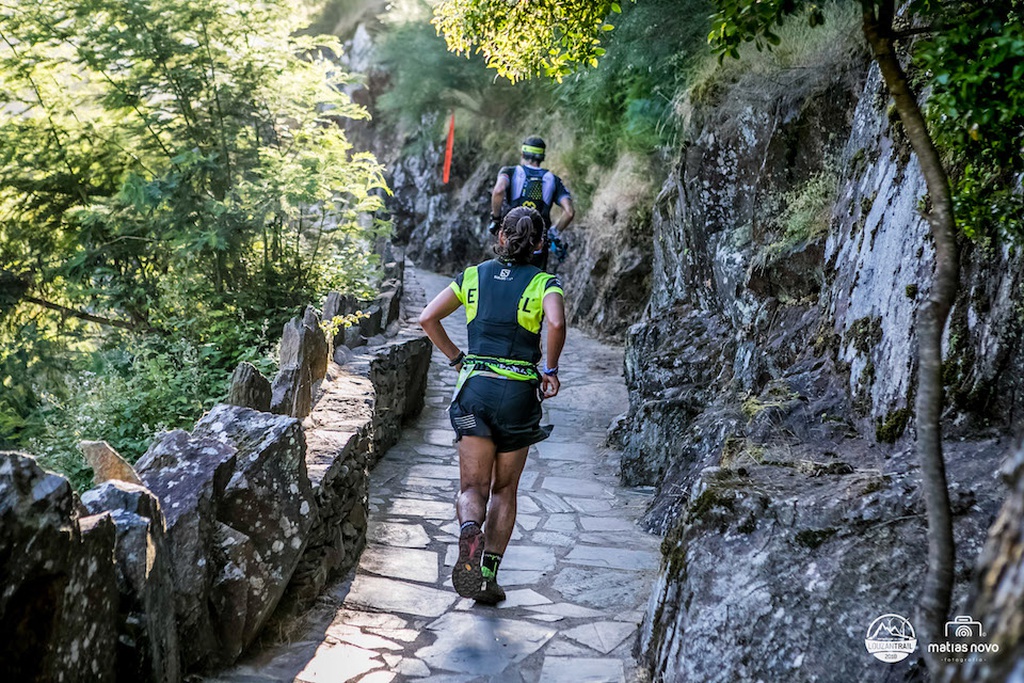The Order of Malta was established in Jerusalem in 1099 or 1100, through the founding of a religious house for the shelter of pilgrims. Years later a hospital dedicated to St. John the Baptist for the treatment of the sick was built beside it. And so its first title was the Order of the Hospitallers or Order of St. John of Jerusalem.
In 1113 it obtained papal recognition as a religious order and in 1120 it expanded by adding military service alongside the care of the sick in order to fight the enemies of the Christian faith. It became very powerful and spread to almost all of Europe. In 1306, it established its headquarters on the island of Rhodes, which led to its members being called the “Knights of Rhodes”. Solomon II, the Ottoman emperor, conquered this island in 1523.
Emperor Charles V offered the island of Malta to the Order, where it established its headquarters in 1530. Since then it has been known as the Order of Malta. In 1839 it became the Sovereign Military Order of Malta.
The Order of Malta in Portugal
The Order of Malta arrived in Portugal at the time of Queen Teresa (reign: 1112-1128), who granted it the monastery of Leça do Balio, its first home in Portugal. In 1140, King Afonso Henriques granted it a letter of couto and other privileges.
King Sancho I (reign: 1185-1211) in 1194 donated an area called Guidintesta, a vast domain between Zêzere and Tejo, to the Prior of the Hospital, Dom Affonso Pelagio and to all the brothers of the same Order, present and future, where the Order was able to build a castle, which the king named Belueer (Belver).
King Sancho II (reign: 1233-1248) extended those domains to the Alto Alentejo so that a fortress could be built, and inhabited, in a place then called Vcrate (nowadays Crato). Here, in 1356, the Order founded the Monastery of Santa Maria da Flor da Rosa, which was to become its headquarters.
However, the monarchy then decided to take control of Priory of Crato, a situation that became more acute during the regency of the Infante Dom Pedro (1392-1449). In 1528, King João III donated the priory to the Infante Dom Luís and in 1551 he obtained a papal bull that allowed the infante's son (Dom António, the Prior of Crato) to inherit the title. In 1789, Queen Mary I managed to incorporate the Grand Priory into the House of the Infantado, and from 1793 the Grand Priory became independent from Malta. In 1834 it would be extinguished, like all the other religious orders.
The Order of Malta: 263 years in Álvaro
The vast lands donated by D. Sancho I in 1194 also included the territory of Oleiros and Álvaro, although this settlement is not mentioned. At the end of the 14th century, this omission led to a certain amount of controversy between the Crown and the Order of Malta, regarding the possession of the commandery of the town of Álvaro. In 1345, the Commander of the Order of Malta took various measures during a dispute with the King concerning the possession of the Commandery of Álvaro. However, King Ferdinand (reign: 1367-1383) in 1381 ended up sanctioning this claim by the Order. The dispute over the possession of Álvaro and its lands resurfaced with King Afonso V (reign: 1438-1481), who in 1457 donated it to Gomes Martins de Lemos, Lord of Trofa. This decision ended 263 years of the Order of Malta’s commandery in Álvaro.
Testimonies to the presence of the Order of Malta
In Rua do Castelo, the façade of a private house opposite the side of the Parish Church, bears a cross of the Order of Malta. In the Parish Church a font containing holy water has a cross of the Order engraved on it. The House of the Hospitallers was once the home of the Knight Commander of the Order of Malta, and it also displays a set of religious items probably linked to that period. Inside, there are some antique ceiling coffers and a washbasin, which were in the building before its refurbishment. On the front, next to the eaves, there is a cross engraved in schist.


